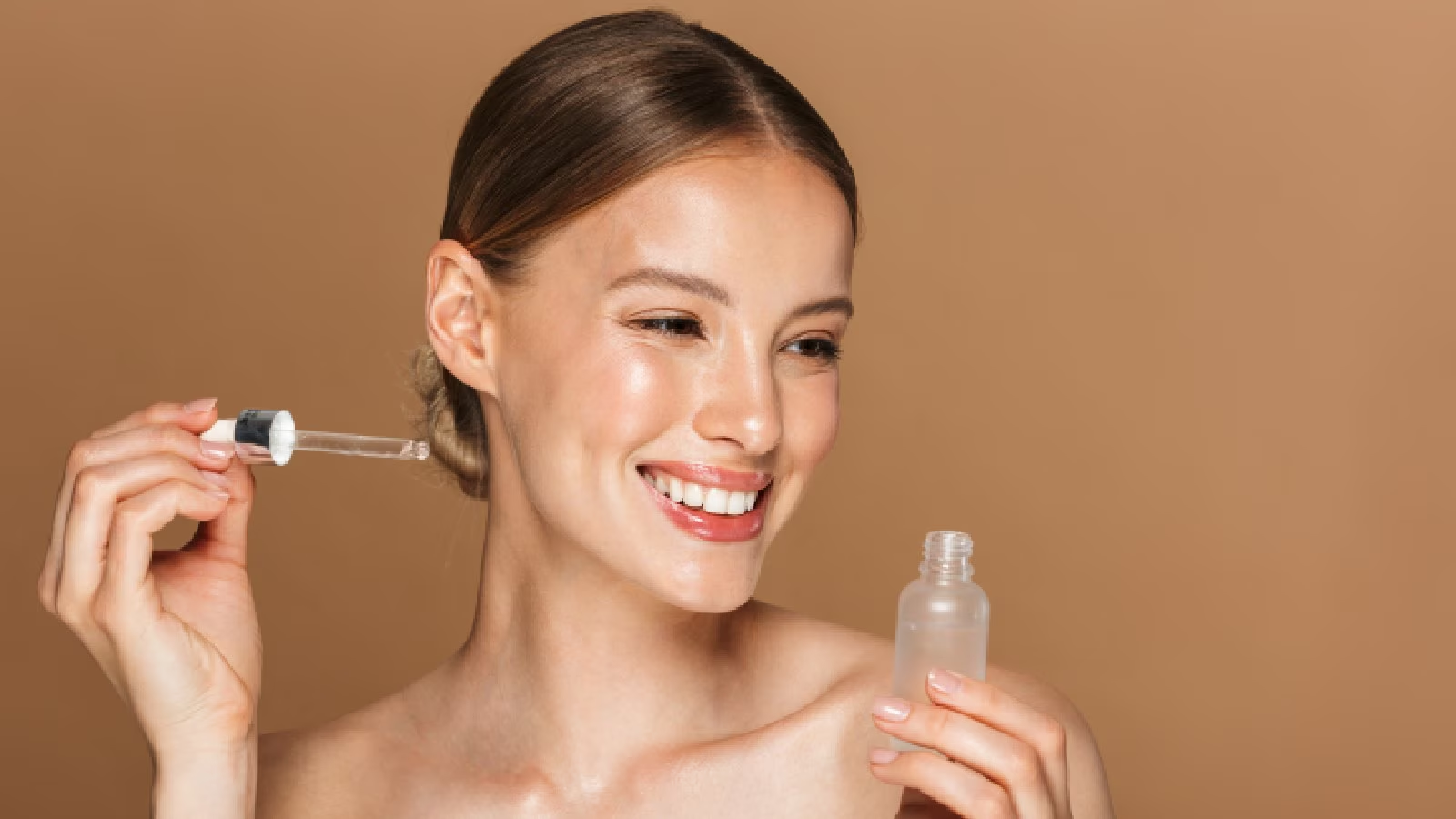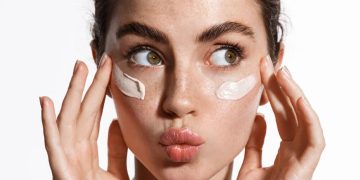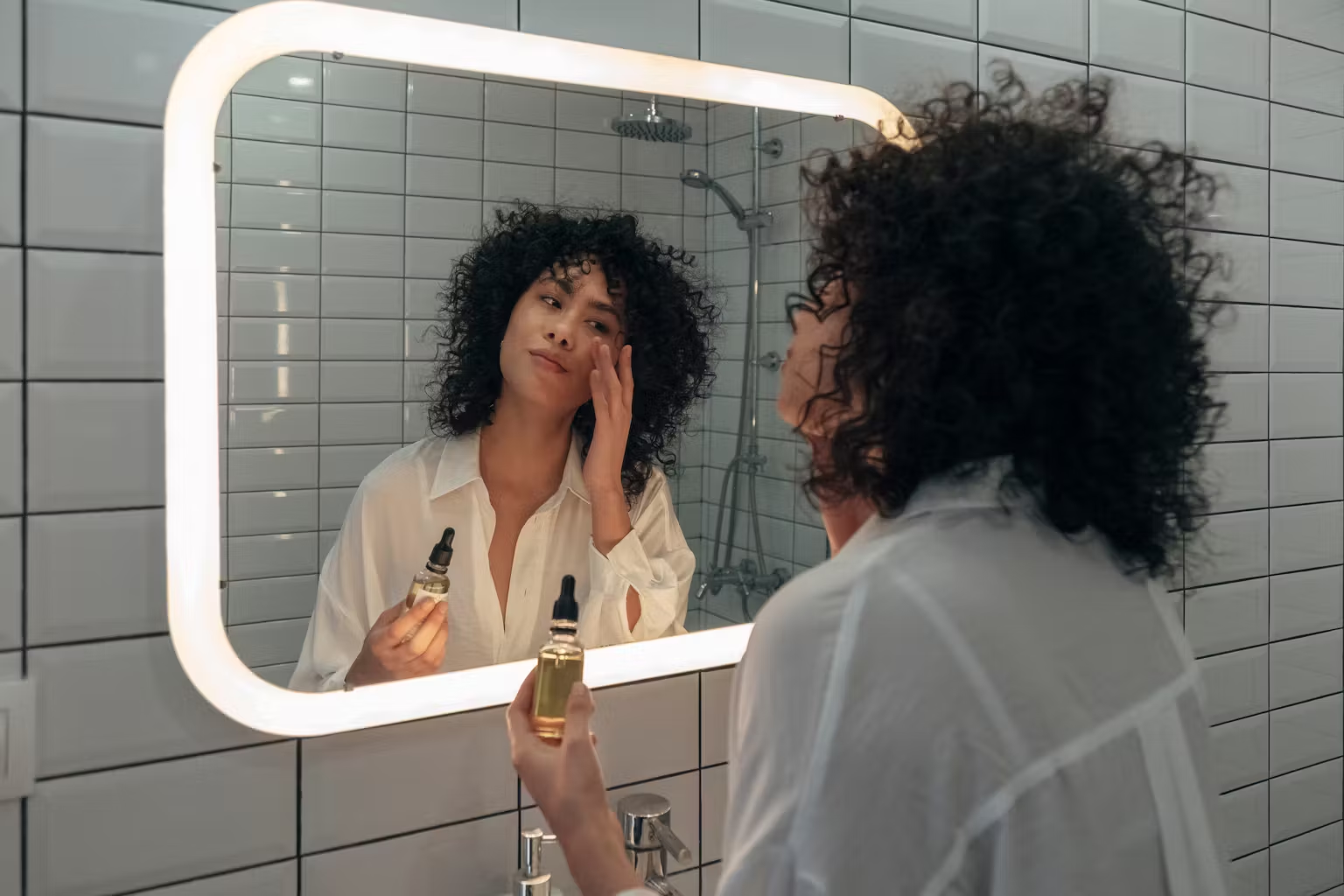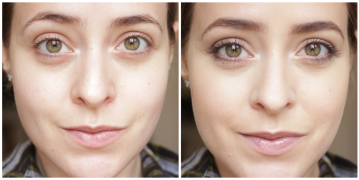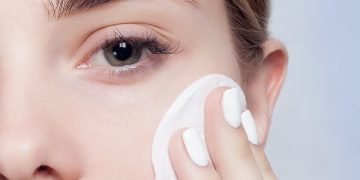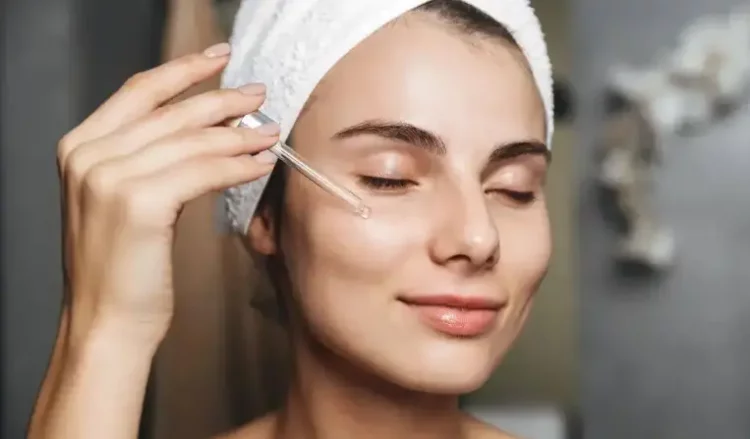Introduction
Skincare is an essential part of our daily routine, with many people investing in high-quality products to keep their skin looking healthy, youthful, and radiant. Among the most popular skincare products are serums and moisturizers. Both of these play crucial roles in a skincare regimen, but they serve different functions. With ever-changing weather conditions, you may wonder: which of these products should you prioritize during different seasons?
As the seasons shift, so too do the needs of your skin. What works for your skin during the cold, dry winter months may not be suitable for the hot, humid summer. This article will explore the differences between serums and moisturizers, how they work, and offer guidance on which one to invest in during each season to optimize the health and appearance of your skin.
What is the Difference Between a Serum and a Moisturizer?
Before discussing their seasonal effectiveness, it’s important to understand the distinct roles of serums and moisturizers.
1. Serum:
A serum is typically a lightweight, highly concentrated skincare product designed to deliver specific active ingredients deep into the skin. Serums often contain powerful ingredients such as antioxidants, peptides, vitamins, and acids that target particular skin concerns such as fine lines, pigmentation, acne, or dehydration. Because of their high concentration of actives, serums are formulated to penetrate deeper into the skin than moisturizers, delivering targeted treatment to address specific skin issues.
Serums are typically used after cleansing but before moisturizing, as they provide the skin with concentrated nutrients that need to be sealed in by a moisturizer.
2. Moisturizer:
A moisturizer is designed to hydrate the skin, locking in moisture and creating a protective barrier to prevent water loss. Moisturizers typically contain ingredients such as humectants (e.g., hyaluronic acid, glycerin), emollients (e.g., shea butter, squalane), and occlusives (e.g., petrolatum, dimethicone) that help to hydrate, soften, and protect the skin from environmental damage. Unlike serums, which tend to be lightweight and fluid, moisturizers are often thicker and heavier in texture.
Moisturizers play a vital role in maintaining the skin’s moisture balance, particularly in harsh environmental conditions, and can help to create a smooth, soft texture.
Serum vs. Moisturizer: How They Work Together
While both serums and moisturizers are important for maintaining skin health, they have complementary roles in a skincare routine. Serums deliver concentrated treatments for specific concerns, while moisturizers help to seal in hydration and lock in the active ingredients from the serum.
For example:
- Serum: If your skin is showing signs of aging, you may choose a serum with retinol or peptides to target fine lines and wrinkles.
- Moisturizer: A moisturizer will help ensure that your skin stays hydrated and retains the active ingredients delivered by the serum.
In essence, serums and moisturizers should not be seen as alternatives to one another, but rather as two products that work in tandem for optimal skincare results.
Which Should You Invest In During Different Seasons?
The needs of your skin change with the seasons, influenced by factors like temperature, humidity, and sun exposure. Let’s explore which product—serum or moisturizer—is worth investing in during each season.
1. Winter: Investing in Moisturizer
Winter weather often brings colder temperatures, lower humidity, and harsher winds. These factors can lead to dry, irritated skin, with the skin’s barrier function compromised due to moisture loss. In the winter months, your skin needs extra protection and moisture to combat these environmental stressors.
Why Moisturizers Are Important in Winter:
- Hydration and Protection: Winter air is often dry, which can strip the skin of its natural moisture. A rich, hydrating moisturizer can create a barrier that locks in moisture and protects the skin from external elements.
- Intense Nourishment: During winter, opt for thicker, richer moisturizers that provide deep hydration and nourishment to your skin. Ingredients like shea butter, ceramides, and squalane can help maintain skin moisture and support the skin barrier.
- Anti-Irritation: Cold temperatures, indoor heating, and low humidity can lead to irritated or flaky skin. Moisturizers with calming ingredients like aloe vera, chamomile, or calendula can help soothe inflammation and redness.
Recommended Moisturizer Ingredients for Winter:
- Shea Butter: Deeply nourishes and hydrates dry skin.
- Ceramides: Help strengthen the skin barrier and lock in moisture.
- Hyaluronic Acid: Attracts and retains water to keep skin hydrated.
- Petrolatum or Dimethicone: Occlusive agents that form a barrier to prevent water loss.
Should You Skip the Serum?
While moisturizers are the primary focus in winter, serums can still play a role, especially if you have specific concerns like aging or pigmentation. In winter, you may want to choose a hydrating or anti-aging serum that focuses on replenishing moisture or boosting collagen production, followed by a thick moisturizer to lock it all in.
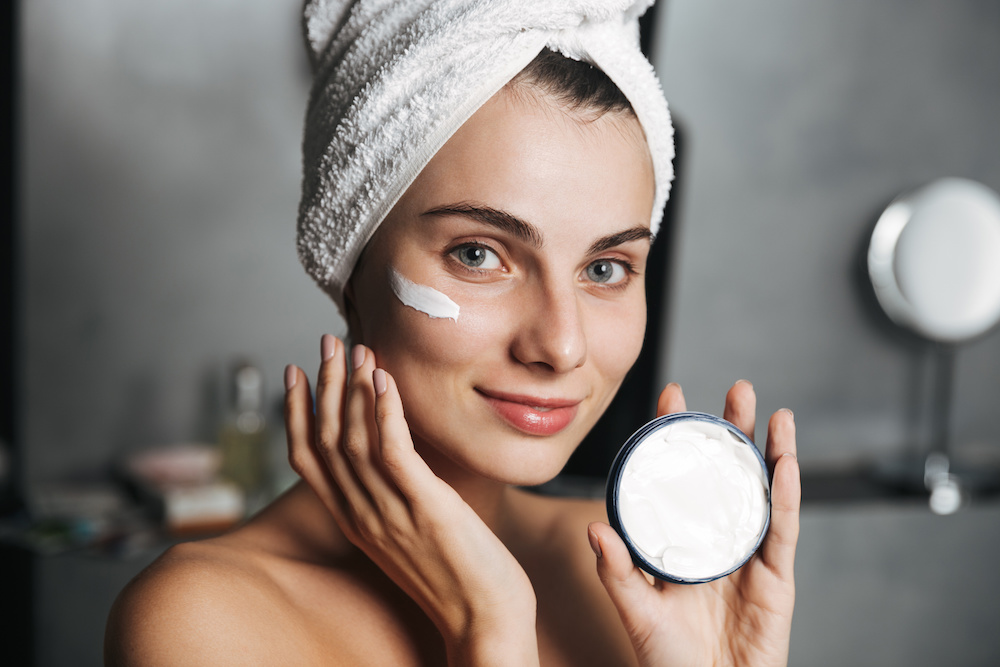
2. Spring: Time to Balance Both
Spring brings milder temperatures, higher humidity, and more sunshine. The transition from cold, dry weather to warmer, more humid conditions can cause the skin to become more balanced, but it may also trigger allergies or sensitivities.
Why Both Serum and Moisturizer Matter in Spring:
- Hydration with Lightweight Moisturizers: In spring, the need for intense moisturization is reduced compared to winter, but skin still requires hydration. Opt for a lighter, non-comedogenic moisturizer that won’t clog pores in the warmer weather.
- Targeted Treatments: Spring is an excellent time to incorporate serums that focus on brightening, anti-aging, or hydration. A vitamin C serum, for instance, can help brighten dull skin and protect against free radical damage due to increased sun exposure.
- Prevention of Seasonal Allergies: Allergies and pollution can cause skin irritations or breakouts. Serums with anti-inflammatory or antioxidant ingredients like niacinamide or green tea can help protect the skin and calm inflammation.
Recommended Serum Ingredients for Spring:
- Vitamin C: Brightens and protects against environmental damage.
- Niacinamide: Reduces redness and irritation while supporting the skin barrier.
- Antioxidants: Protect skin from oxidative stress caused by UV rays.
3. Summer: Serum is Your Best Friend
Summer can bring intense heat, high humidity, and more exposure to the sun. During this season, the skin tends to be oilier, and excess sweating can lead to clogged pores. It’s essential to choose lightweight products that won’t exacerbate oil production or cause breakouts.
Why Serums Are More Beneficial in Summer:
- Lightweight Formula: Serums are typically lighter and more easily absorbed by the skin, making them ideal for hot weather when you don’t want to apply heavy, greasy products.
- Targeted Treatment: Serums are highly concentrated and can effectively address specific skin concerns. In summer, consider using a serum that tackles issues like acne, enlarged pores, or pigmentation.
- Oil Control: Some serums contain ingredients that help regulate sebum production and control shine, which is particularly important in the summer months when sweat and oil can lead to breakouts.
Recommended Serum Ingredients for Summer:
- Salicylic Acid: Helps with acne and excess oil production.
- Hyaluronic Acid: Provides lightweight hydration without clogging pores.
- Niacinamide: Controls sebum production and reduces redness.
- Retinol: Smoothes fine lines and evens out skin tone (best for evening use).
Should You Skip the Moisturizer?
While moisturizers are still necessary, opt for lightweight, oil-free formulas in summer to avoid clogging pores or making your skin feel greasy. Gel-based moisturizers or hydrating mists can offer refreshing hydration without the heaviness of thicker creams.
4. Fall: A Time for Repair and Moisture
As the weather transitions from warm to cooler, the skin may start to experience dryness and sensitivity. Fall is an ideal time to focus on replenishing and repairing the skin, which may have been damaged by summer sun exposure.
Why Both Serum and Moisturizer Are Key in Fall:
- Rejuvenation: The skin may need extra care after summer’s sun exposure. Serums with ingredients like vitamin C or retinoids can help repair damage, brighten dark spots, and even out skin tone.
- Hydration for Drier Air: As temperatures drop, the air can become drier. A moisturizer with nourishing ingredients like hyaluronic acid, ceramides, and fatty acids can help restore moisture and protect the skin barrier.
Recommended Serum Ingredients for Fall:
- Vitamin C: Helps to repair sun damage and brighten dull skin.
- Peptides: Stimulate collagen production to improve skin elasticity.
- Retinoids: Encourage skin renewal and address pigmentation or fine lines.
Recommended Moisturizer Ingredients for Fall:
- Hyaluronic Acid: Provides moisture to skin.
- Ceramides and Squalane: Repair and protect the skin barrier.
- Antioxidants: Protect the skin from free radical damage.
Conclusion
Choosing between a serum and a moisturizer is not a matter of which product is superior, but rather which product best addresses your skin’s needs during each season.
- In winter, focus on rich moisturizers that hydrate and protect the skin from harsh environmental elements.
- In spring, use both serums for targeted treatment and lighter moisturizers to maintain balance.
- In summer, prioritize lightweight, hydrating serums to control oil and provide targeted treatments.
- In fall, focus on repair with serums and keep your skin hydrated with a rich moisturizer.
Ultimately, both serums and moisturizers play essential roles in your skincare routine, and the key is to adjust your choices based on seasonal changes and the specific needs of your skin. By investing in the right product at the right time, you’ll be well-equipped to keep your skin glowing and healthy all year round.

